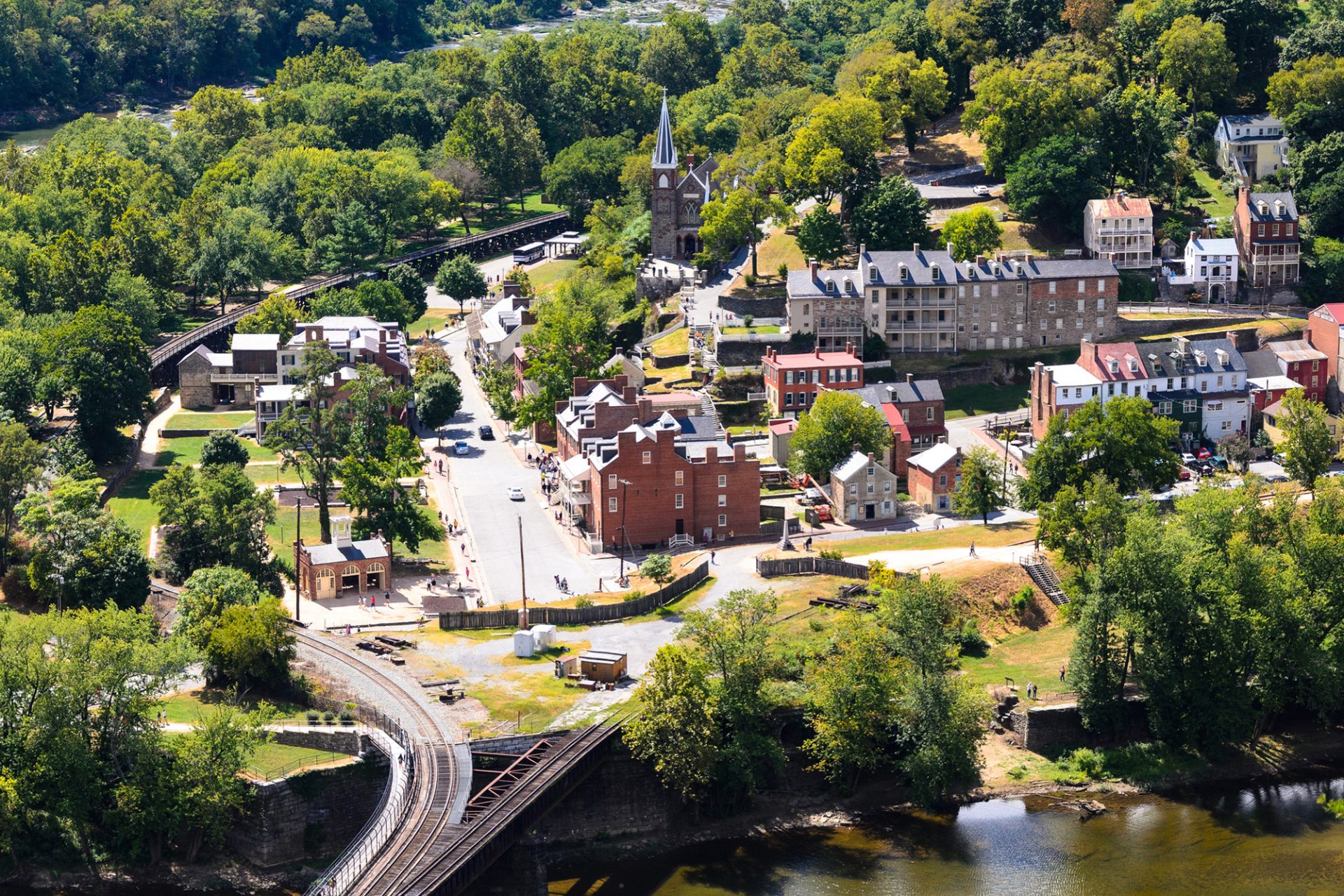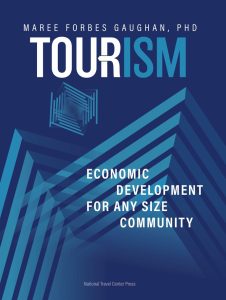Every community needs to know what it has to attract and serve visitors. Thoroughness is key. And, in addition to interesting places to visit, overnight visitors require access to the same types of services they have at their home location; places to sleep, places to eat, places to shop for what they might need or want, the availability of health care should these needs arise, automobile service stations and car repair services, should that need arise, plus the availability of a bank and ATM.
It’s best to begin compiling a comprehensive inventory of tourism resources and assets by starting with a clean slate and a fresh set of eyes. Since visitors will travel as far as 30 miles from a home base community to explore or engage in something they are interested in, document EVERY location within a 30-mile radius. This level of research often reveals communities replete with attractions located within this radius, resources that are often connected by scenic byways, heritage corridors, and historic trails that serve as economic drivers in their own right.
A comprehensive inventory revealed that two little towns in Idaho were located right at the edge of a Gold Level Dark Skies Preserve, had a Professional Circuit Rodeo and a National Monument down the road. Borah Peak, the highest mountain peak in Idaho also in the area, is on the bucket list of many mountain climbers. And inventory for a small historic town in Pennsylvania revealed that in addition to a small collection of resources right in town, the town was surrounded by 300 historic locations within the 30-mile radius! A Scenic Byway in far Northern California has 1269 visitor facing locations in 21 rural communities. The inventory of a rural community in Upstate New York with history dating to the early 1600s revealed 1138 visitor facing locations within the radius that lies between a triangle of three cities. All these and other examples present endless opportunities to attract visitors and deliver economic development.


